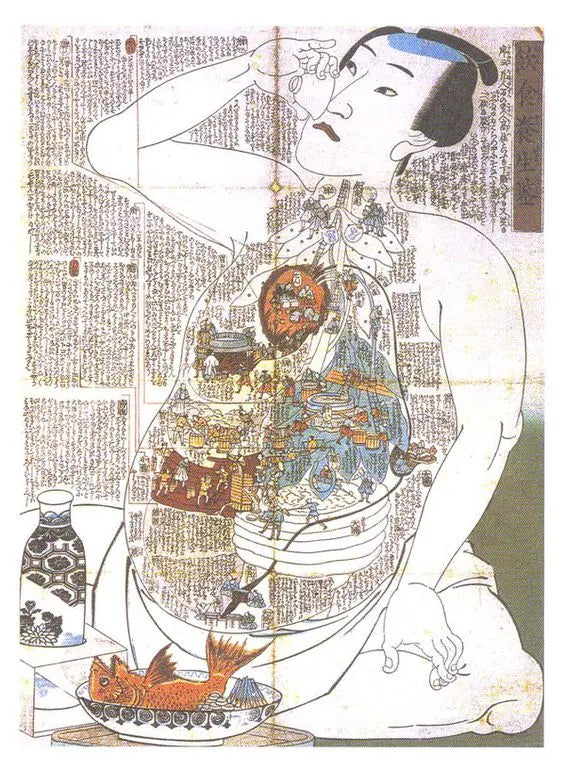Liquid Aminos: Fermented Umami Goodness

Nobu founder Nobuyuki Matsuhisha once said “my cooking is just ingredients, plus umami”. With its roots in Japanese cuisine, umami is one of the five taste sensations (alongside salty, sweet, bitter, sour) and was said to be identified in 1908 by Tokyo chemist Dr Kikunae Ikeda while savoring his dashi broth. You’ll find it in our TCM Soup and The Resistance Pho & The Acceptance Roll, which contain liquid aminos rich in fermented goodness and savory umami flavor.

What is umami?

Though much loved in Asia, umami foods are found in almost all cuisines in one form or another: meat, cheese (think salty-sweet parmesan), Vegemite, nutritional yeast, mushrooms and tomatoes are some examples. They contain a compound called free glutamate which is picked up by specific taste receptors. This is formed when glutamic acid, an amino acid naturally found in protein, is broken down, and it’s what makes umami taste so good – adding a ‘meaty’ depth of savory flavor to vegetarian and vegan dishes. It’s often said that while it can be hard to taste umami on its own, you would notice its absence instantly. It is also revered for its potential health benefits: research shows that eating umami-flavored broths or snacks before meals can curb feelings of hunger and the all-too-familiar desire to snack throughout the day.
Food aminos: why we love them
Protein is indispensable to life, and amino acids are its building blocks. Liquid aminos are additive-free seasonings that have a similar flavor to tamari or soy sauce but bring a little more of that moreish umami taste (and protein content) to any savory dish. They were originally conceived by Paul Bragg of much-loved Bragg Live Food Products in 1912, who mastered his own health and fitness plan as a teenager to strengthen his recovery after tuberculosis. He understood that conventional table salt was bad for our health and created a liquid whose saltiness was naturally occurring and which carried plenty more flavor – with a hint of sweetness too. While Braggs aminos are made by treating soybeans with an acidic solution to free up their amino acids, we use a coconut-based version in our plant-based TCM Soup and The Resistance Pho & The Acceptance Roll, made by fermenting coconut sap with salt and water which breaks down and releases the aminos. They contain less salt than soy sauce or tamari, and have the benefit of being paleo-friendly, while also bringing a milder flavor that is complex, versatile and gluten free. Their increasing use in modern health-aware cooking is in part due to their suitability for restrictive dietary models, and their ability to naturally enhance plant-based meals with a depth of flavor often only associated with meat, cheese and other animal-based ingredients.

Native flavor and vibrancy lie at the heart of Laroot and we know that bringing out the subtleties of the organic vegetables we source only enhances our relationship to them – and our appetite for more. Aminos are one culinary ally that infuse even the simplest of traditional plant-based dishes with rich umami complexity, making eating your Laroot meal a ritual to truly savor.
